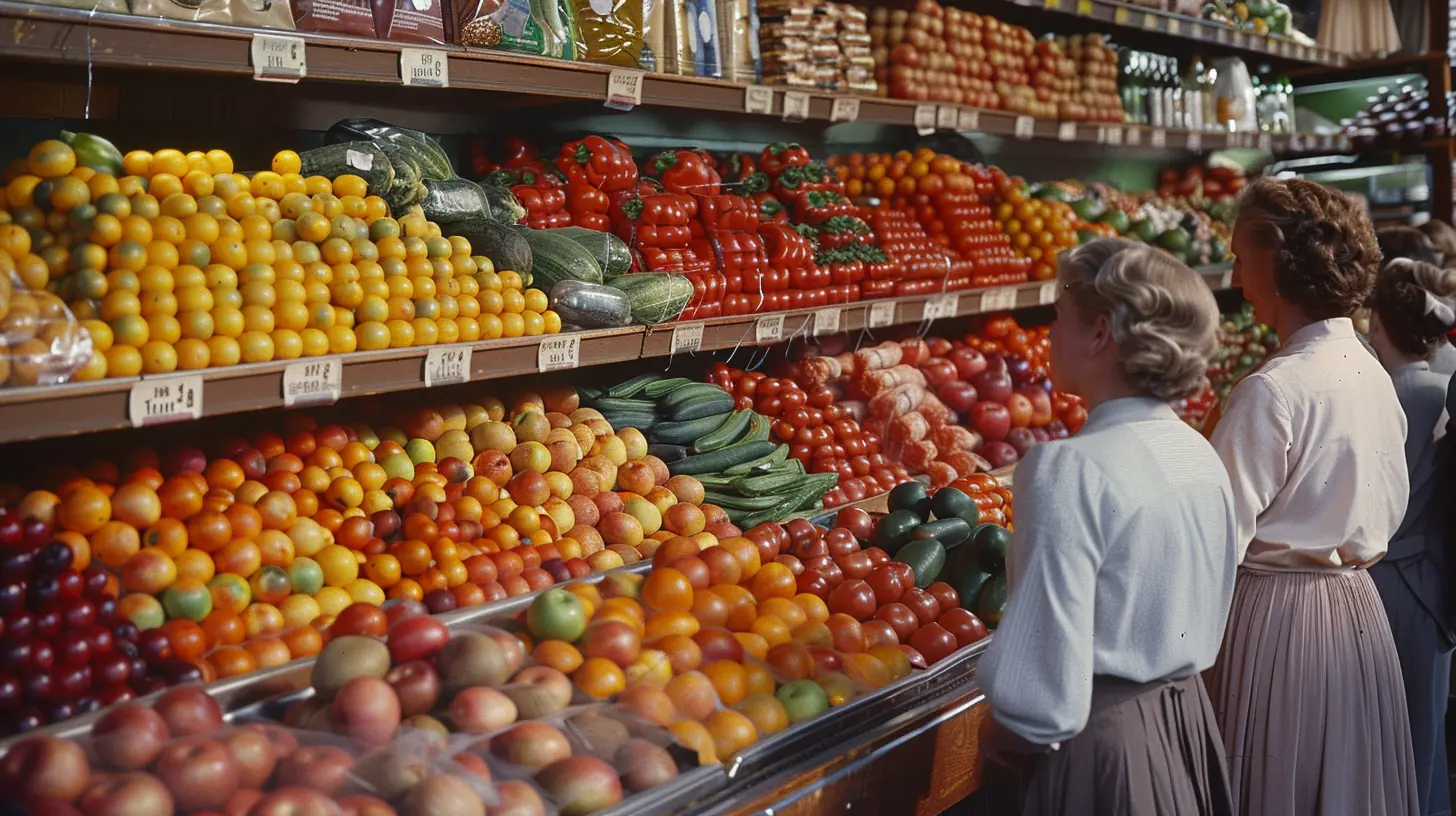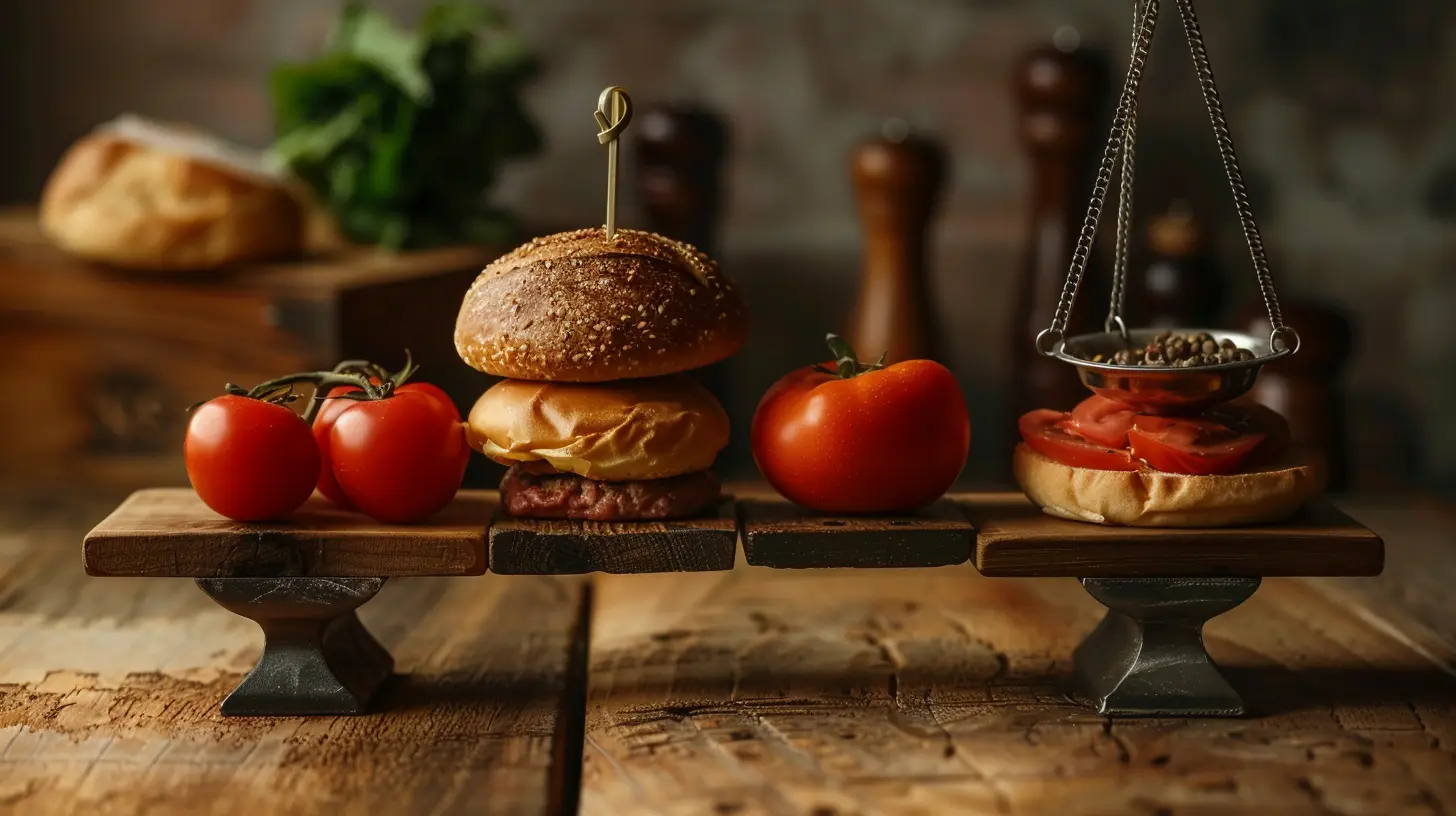How Food Prices Impact the Cost of Living
20 August 2025
Food is a necessity—there’s no doubt about that. But have you noticed that your grocery bill seems to be creeping up month after month? You’re not alone. Food prices play a huge role in the overall cost of living, affecting everything from how much we spend on groceries to how we budget for the rest of our daily expenses.
But why does food cost so much, and how does it impact our financial well-being? Let’s dive in and break it all down in a way that makes sense. 
The Rising Cost of Food: What’s Going On?
Before we discuss how food prices affect our wallets, it's important to understand why they keep climbing. Several factors contribute to the rising cost of food, and unfortunately, most of them are out of our control.1. Inflation – The Silent Price Booster
Inflation isn’t just a scary word economists throw around—it’s something that directly affects us at the grocery store. As the cost of goods and services increases, so do food prices. This happens due to:- Increased production costs (things like transportation, wages, and packaging).
- Supply chain disruptions that make food harder to transport.
- Higher demand for certain foods caused by population growth or changing eating habits.
2. Supply Chain Disruptions – When Things Get Stuck
Ever notice how certain grocery items suddenly disappear from the shelves, and when they return, they cost more? That’s often due to supply chain issues. Whether it’s a global crisis, extreme weather, or labor shortages, anything that delays food from reaching store shelves leads to higher prices.3. Climate Change – A Growing Problem
Climate change isn't just an environmental issue anymore—it’s a financial one too. Droughts, floods, and storms destroy crops and reduce supply, which leads to—you guessed it—higher food prices. When farmers can’t grow as much, the little that is available becomes more expensive.4. Cost of Production – It’s More Than Just Seeds and Soil
The cost of producing food isn’t just about farming—it includes transportation, storage, and even marketing. If fuel prices rise, transporting fruits and vegetables to your local grocery store gets pricier. That extra cost? Passed on to you, the consumer.
How Food Prices Affect Your Cost of Living
Now that we know why food prices are skyrocketing, let’s talk about how this impacts the cost of living. Spoiler alert—it’s not just about your grocery bill.1. Higher Grocery Bills Mean Less Money for Other Essentials
If you're spending more on food, that means there’s less to go around for other necessities like rent, utilities, and savings. Families on tight budgets may have to make tough choices between buying fresh produce and paying their electricity bills.2. Eating Out Becomes a Luxury
Remember when grabbing a quick takeout meal was an affordable treat? Well, rising food costs have hit restaurants too! The increase in ingredient prices means restaurants charge more for meals, making dining out less of an option for budget-conscious individuals.3. Lower-Income Households Feel the Pinch More
Food inflation doesn’t affect everyone equally. Households with lower incomes spend a larger percentage of their earnings on necessities like food. So, when prices rise, they’re hit the hardest, often forcing them to switch to cheaper, less nutritious food options—affecting overall health in the long run.4. The Domino Effect on Other Expenses
When food prices go up, it doesn't just affect groceries and dining—it impacts everything. Workers demand higher wages to keep up with rising costs, businesses increase prices to offset their expenses, and before you know it, the entire cost of living rises.
How to Manage Rising Food Costs
While we can’t control food prices, we can control how we shop and spend. Here are a few practical ways to keep your grocery bill in check:1. Plan Your Meals and Stick to a Budget
Going to the grocery store without a plan is like walking into a casino—you're bound to overspend. Create a weekly meal plan and shopping list, and stick to it. This helps you buy only what you need and avoid impulse purchases.2. Buy in Bulk (But Be Smart About It)
Purchasing staples like rice, pasta, and canned goods in bulk can save you money in the long run. However, avoid bulk-buying perishable items that might go to waste—unless you have a way to store them properly.3. Shop Generic and Store Brands
Brand loyalty can be expensive. Most store-brand items are just as good as name brands but come at a fraction of the price. Give them a shot and see if you notice a difference.4. Take Advantage of Sales and Coupons
Supermarkets often have discounts and coupons for common grocery items. Keep an eye out for deals and stock up when prices drop. Apps and digital coupons make this easier than ever.5. Cook at Home More Often
Restaurant meals come with extra costs—taxes, tips, and higher menu prices due to overhead expenses. Cooking at home isn't just cheaper; it also lets you control ingredients and portion sizes, making it a win-win.6. Grow Your Own Food
If you have space, consider growing your own vegetables or herbs. Even having a small kitchen herb garden can help reduce costs in the long run while ensuring fresher ingredients for your meals.
Final Thoughts
Food prices will always fluctuate—it’s just the nature of the economy. But understanding why they rise and how to adapt can help ease the financial burden. By being smarter about grocery shopping, meal planning, and budgeting, you can soften the impact of rising food costs on your overall cost of living.So, the next time you’re at the grocery store and see a price hike, don’t panic. Instead, adjust your shopping strategy and keep a close eye on your spending habits. Because when it comes to food prices, a little planning can go a long way.
all images in this post were generated using AI tools
Category:
Cost Of LivingAuthor:

Audrey Bellamy
Discussion
rate this article
1 comments
Kristen Rivera
This article highlights a crucial yet often overlooked factor in our daily expenses. Food prices have a direct correlation with the cost of living, affecting budgets and overall well-being. Understanding this dynamic is essential for making informed financial decisions and advocating for sustainable practices.
September 10, 2025 at 2:21 AM

Audrey Bellamy
Thank you for your insightful comment! I agree that understanding the link between food prices and the cost of living is vital for making informed financial choices.


